In 1898, tensions between the US and Spain over the remains of Spain's Caribbean empire boiled over after the battleship Maine blew up in Havana Harbor. The US declared war and blockaded Cuba, while the Asiatic Fleet under George Dewey destroyed the Spanish fleet in the Philippines at Manila Bay. But the bigger prize was closer to home, as the Spanish dispatched a force under Admiral Cervera to break the Cuban blockade. The Americans attempted to intercept him, but he managed to reach the port of Santiago, on Cuba's south coast, unmolested. It took over a week for the Flying Squadron, under Commodore Winfield Schley, to establish that he was at Santiago and blockade the port.
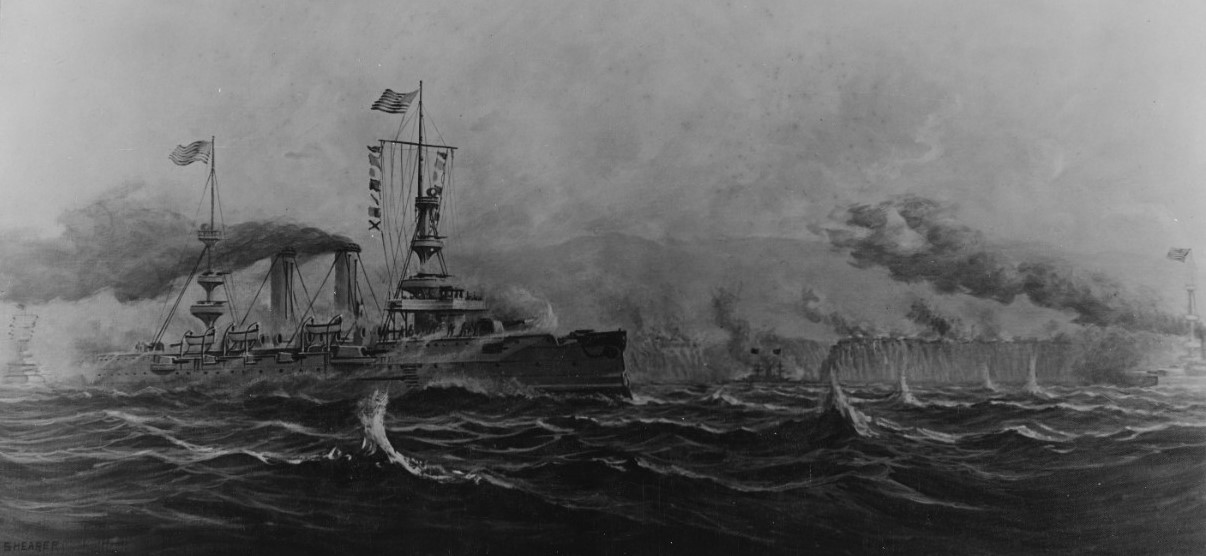
Cruiser New Orleans bombards Santiago
On May 29th, a day after his forces finally settled in to blockade Santiago, Schley took most of his squadron inshore to reconnoiter the approaches to the port. His efforts were finally rewarded with a view of several of Cervera's cruisers, confirming that they had managed to trap the Spanish. One of the Spanish ships opened fire, but the range, 15,000 yards, was much too great for the fire-control technology of the day. Two days later, the Americans sent a group led by Massachusetts and Iowa in to bombard the cruiser Colon and the shore batteries from half the range of the previous engagement. Neither side made particularly good shooting, the only notable hit being an American shell that struck a Spanish shore battery's magazine and failed to explode.
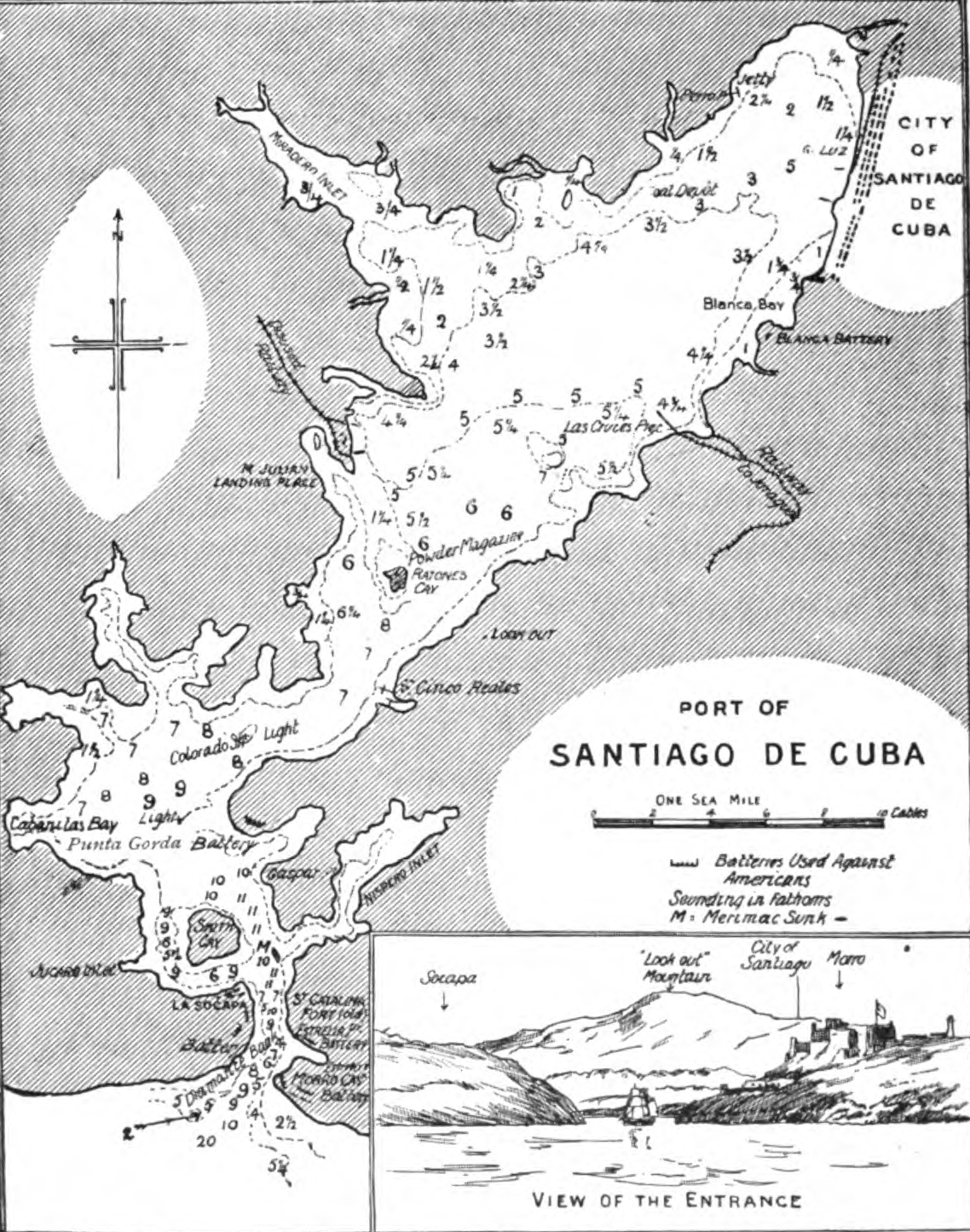
Santiago harbor
The next day, Admiral William Sampson, the overall American naval commander, arrived off Santiago and took command of the blockade. He found a harbor that would be extremely difficult to assault, despite the meager defenses, which included only four modern guns. Santiago sat on an inland bay, with a narrow, winding entrance. Ships would have to thread this passage under fire from guns mounted on the high, rocky walls, an extremely unpleasant prospect.
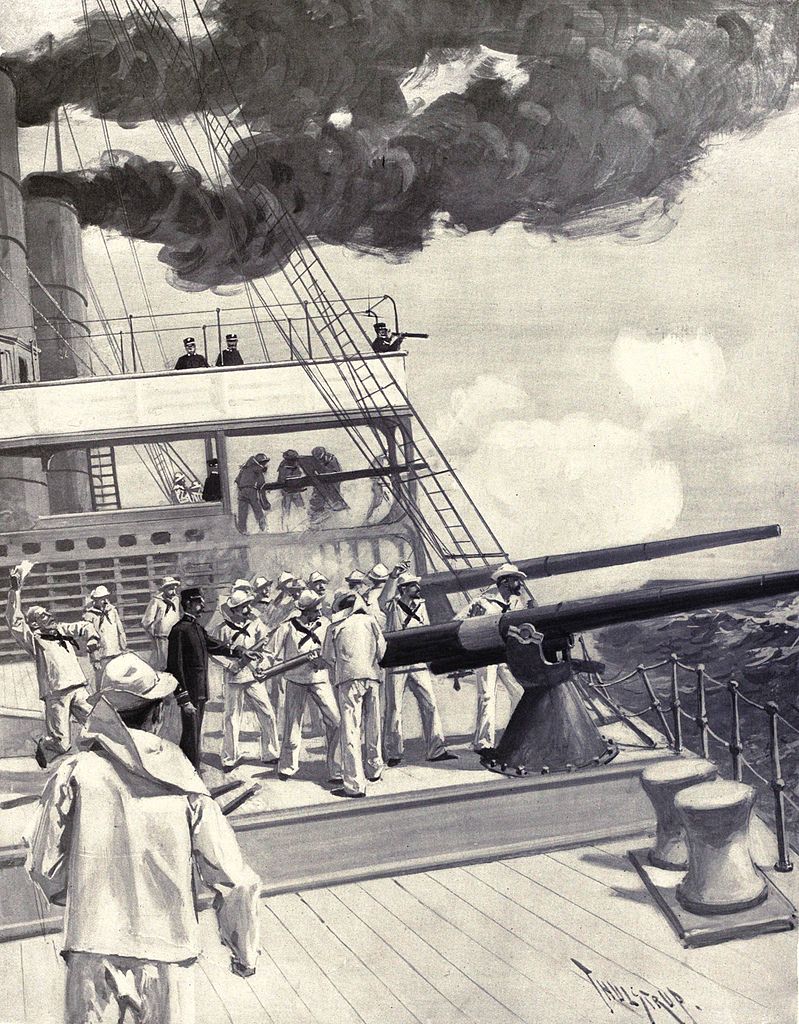
Saint Paul's men sight a ship off Cuba
However, time was on Sampson's side. The mountains that made Santiago such an unpleasant prospect for direct assault also isolated it from land communications with the rest of Cuba, and even before Cervera's arrival, food had been scarce. The addition of 2,000 hungry sailors did nothing to ease the situation, and little coal was available to fill the bunkers of his ships, now nearly empty. Even getting the 2,400 tons of coal that was available aboard ship was difficult. The only tug in Santiago had broken down, and baskets for coaling by hand were expensive and in short supply. Despite the coal shortage, Cervera made plans to sortie on the 24th, while Schley was still off Cienfuegos. Instead, his officers convinced him to wait until the American fleet had moved against San Juan, then dash back to Curacao. Quite what this would accomplish, or why the Americans would throw away their main force on a distinctly secondary objective like Puerto Rico, are not clear. Even more baffling is his sloth the next day, when the chartered collier Restormel was captured within sight of the harbor by the American auxiliary cruiser Saint Paul. Restromel had not only a large quantity of high-quality coal aboard, but also gear for delivering it to his ships, and Colon was in a position to intervene, driving off the lightly-armed American vessel. Ultimately, Cervera was unable to escape the trap he had sailed into before Schley's ships arrived, and he had a month before hunger would force him to either surrender or act.
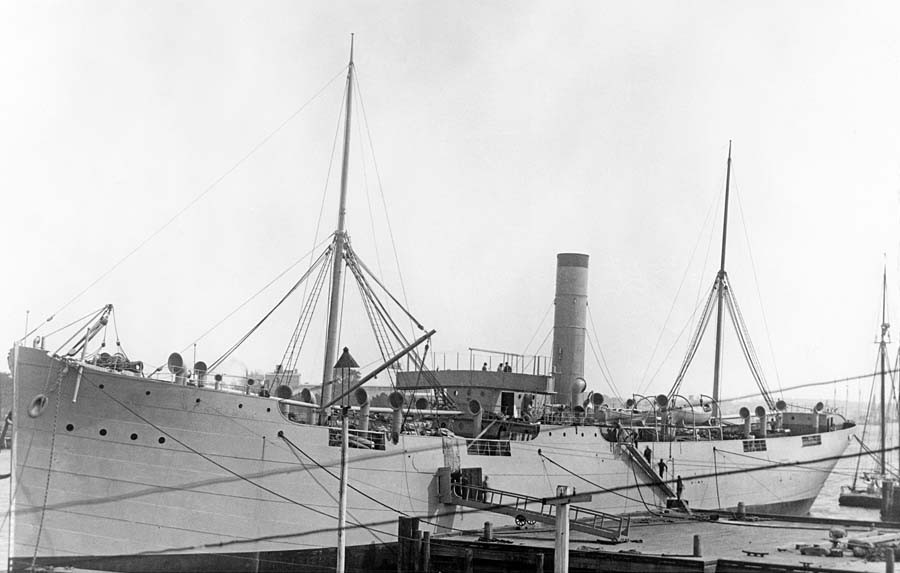
Merrimac
After he arrived, Sampson quickly hatched a plan to trap the Spanish in Santiago. The narrow channel could easily be blocked by a sunken ship, and the collier Merrimac was chosen, as her unreliable engines made her expendable. Lieutenant Richmond Hobson was selected to lead the 8-man team of volunteers that would perform the mission, and reconnoitered the entrance to the harbor in a boat on the night of June 1st. There was a good spot not too far in, and the collier was quickly prepared for the job. Anchors were prepared to hold her in place while ten charges opened her hull, sending her to the bottom. The crew, who were wearing only their underwear, lifebelts, and revolvers, would then row a boat out to the New York's waiting steam launch.
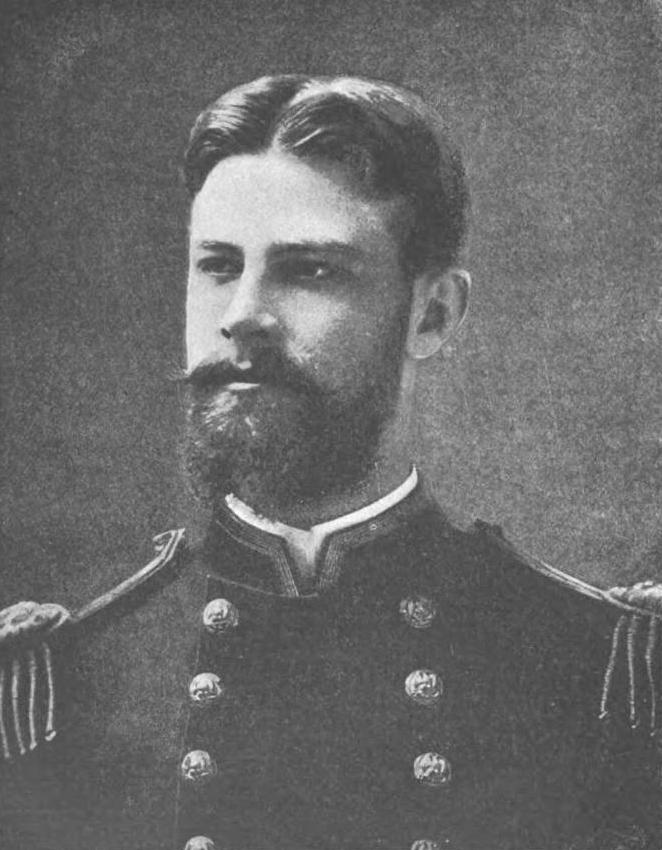
Richmond Hobson
The original plan had been to send the ship in in the early hours of the 2nd, but delays meant that it had to be pushed back 24 hours. Despite the bright moon, the collier made it within 400 yards of the entrance before the Spanish opened fire. Initially it was ineffective, but 700' from the desired spot, a large shell hit the Merrimac’s stern, destroying the steering gear and injuring one of the crew. Hobson gave the order to scuttle the ship immediately, but only two of the charges went off. Spanish guns swept the ship, and moments later the Merrimac struck one of the mines the Spanish had laid in the channel.1 She sank rapidly, initially blocking the channel, but the tide quickly pushed her out of the way. The crew managed to get off the ship with no further injury, but they were unable to escape before dawn, when they surrendered to Admiral Cervera, who had come to inspect the scene of battle personally.2 They were treated well, and Cervera sent a party under a flag of truce to inform Sampson of their survival. Ultimately, all 8 of the men were awarded the Medal of Honor,3 and were released safely after the Spanish surrender.4
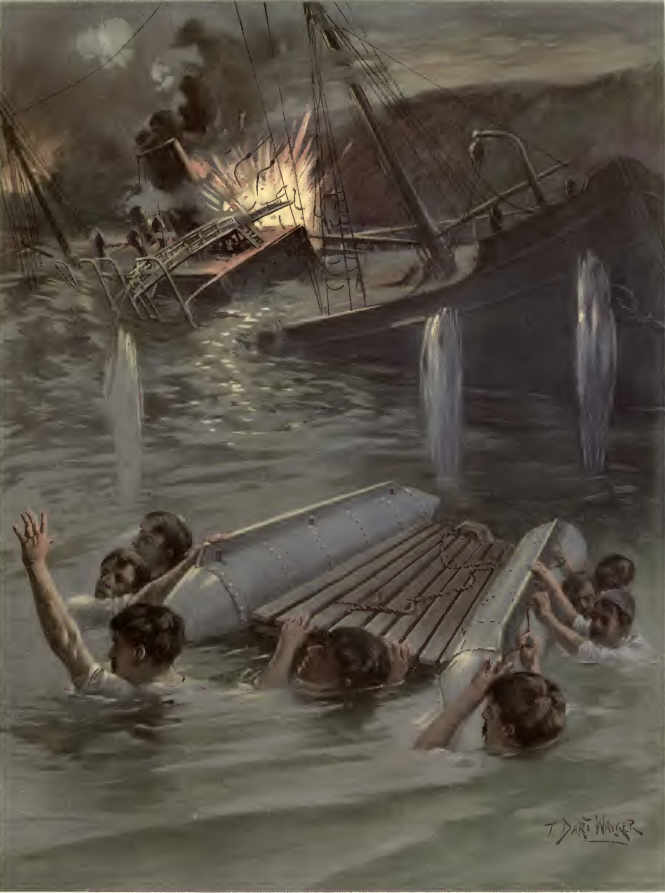
Hobson and his men escape from the sinking Merrimac
The next few days were quiet, but on the 6th, Sampson sent his ships in to bombard the forts. The three modern Spanish 6.3" guns were faced with eight 13", six 12", 38 8" and 24 6" guns, as well as numerous smaller weapons. But while the firepower of the attacking ships was indeed sufficient to drive the Spaniards from their guns, it was not enough to actually disable those guns, or prevent them from being manned again as soon as fire slackened. Several shells struck the unarmored cruiser Reina Mercedes, setting her on fire and mortally wounding her captain. Ultimately, the main effect was to boost Spanish morale, as they came to the conclusion that they had driven off a major American attack.
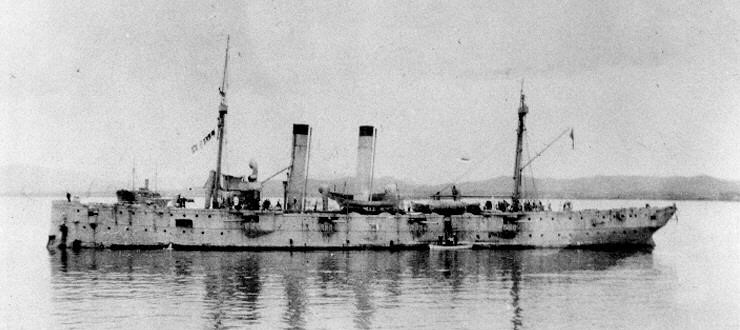
Marblehead in Guantanamo Bay
With the failure of the Merrimac plan, Sampson knew he would have to settle in for a long siege, and quickly began plans to seize a fleet base nearby. The obvious candidate was Guantanamo Bay, an excellent natural harbor 35 miles to the east of Santiago. On June 7th, the light cruiser Marblehead and the auxiliary cruisers St. Louis and Yankee arrived to reconnoiter the area under Commander Bowman McCalla of Marblehead. It was lightly held by the Spanish, and they returned to Sampson after bombarding some Spanish positions, driving off a Spanish gunboat and cutting all of the telegraph cables.
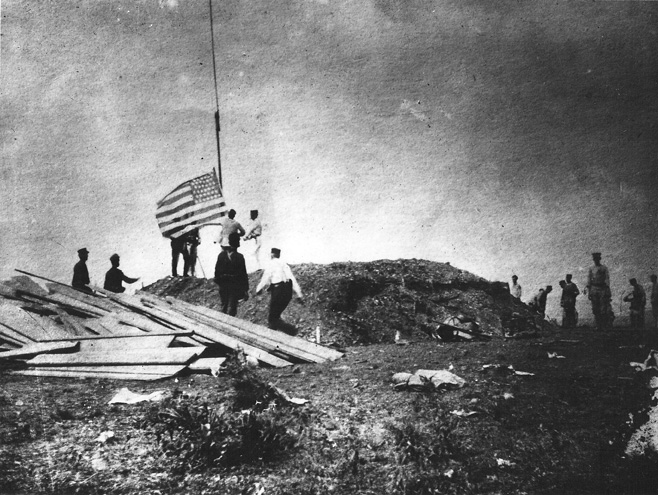
Marines hoist the flag over Guantanamo
On June 10th, a battalion of 646 Marines arrived on the transport Panther, and quickly went ashore at Guantanamo. They took up positions at what had been designated Camp McCalla, on top of a hill near the bay, and raised the American flag on Cuban soil for the first time. On the morning of the 11th, Spanish loyalist guerillas surrounded the Marines and began to harass them from cover. Only a few of the Americans were killed each day, but the constant attacks stretched nerves to the breaking point over the next three days. A small force of Cuban guerillas soon joined the Marines, and one of their leaders suggested that the best way to end the threat was to destroy the nearby Cuzco Well, the only source of fresh water within 12 miles.5
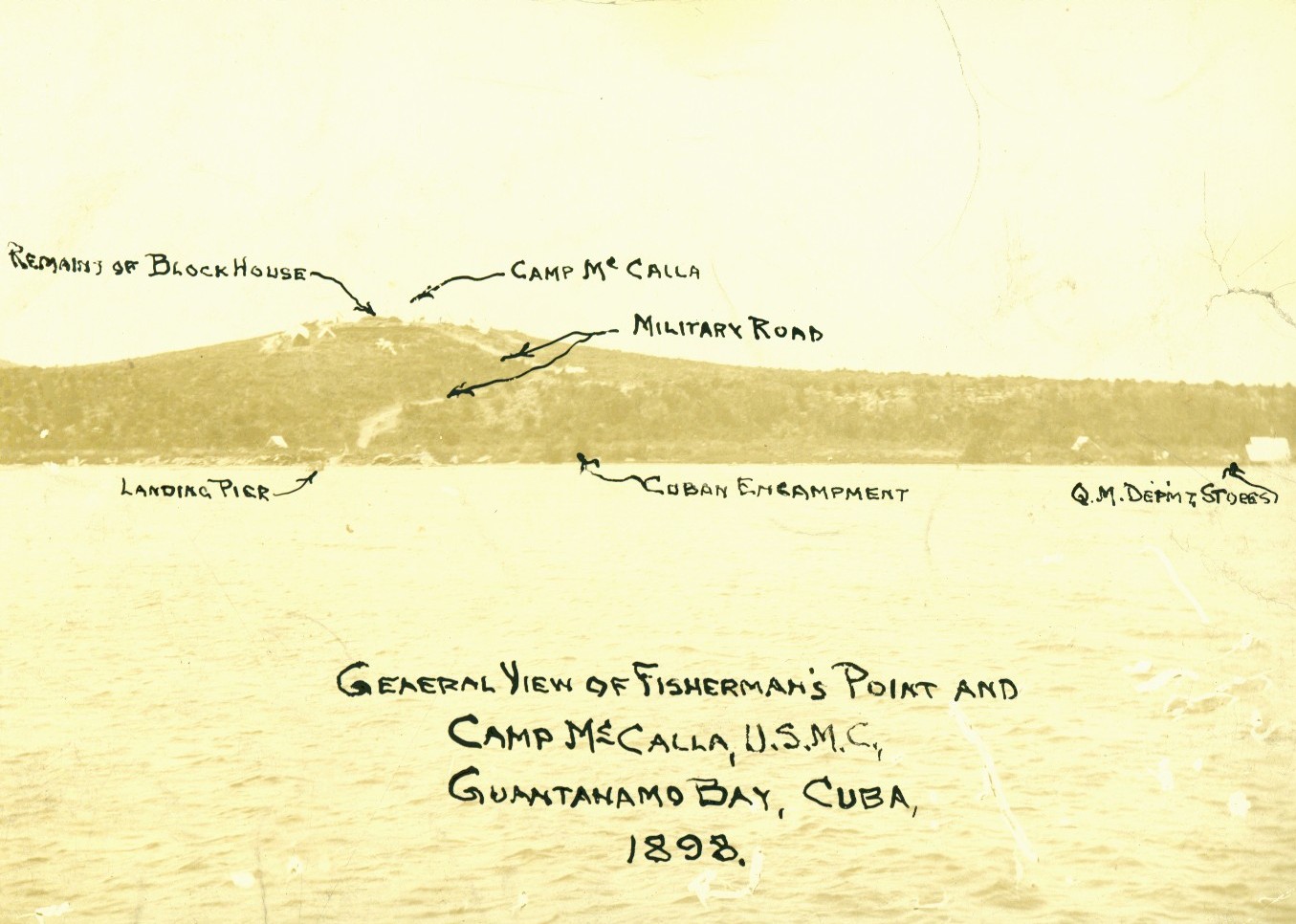
Camp McCalla and the surrounding area
On the morning of the 14th, two companies of Marines, totaling 160 men, and 50 Cubans were dispatched to destroy the well under the command of Captain George F. Elliott. After a brutal six-mile march across rough terrain, the combined force managed to seize positions overlooking the 500-strong Spanish garrison. With supporting fire from the gunboat Dolphin, the Marines drove the Spanish from the battlefield, capturing 18 of the enemy, killing 60 and wounding at least twice that number. The Americans suffered only three wounded, while two friendly Cubans were killed and another pair wounded. The heat had a much bigger impact, with 23 Marines having to be transported back aboard Dolphin with heatstroke. The most notable action was that of Sgt. John H. Quick, who exposed himself to signal to Dolphin when the gunboat's shells began to fall too close to the Americans, bringing the fire back onto its target. He was awarded the Medal of Honor for this, and unlike many Spanish-American War MoHs, his is well deserved by modern standards. The well was destroyed, and the Spanish retreated, leaving Camp McCalla unmolested for the rest of the war. As the first ground action of the war, the Guantanamo campaign was covered in detail by the press, and it did a great deal to raise public awareness of the Marine Corps.
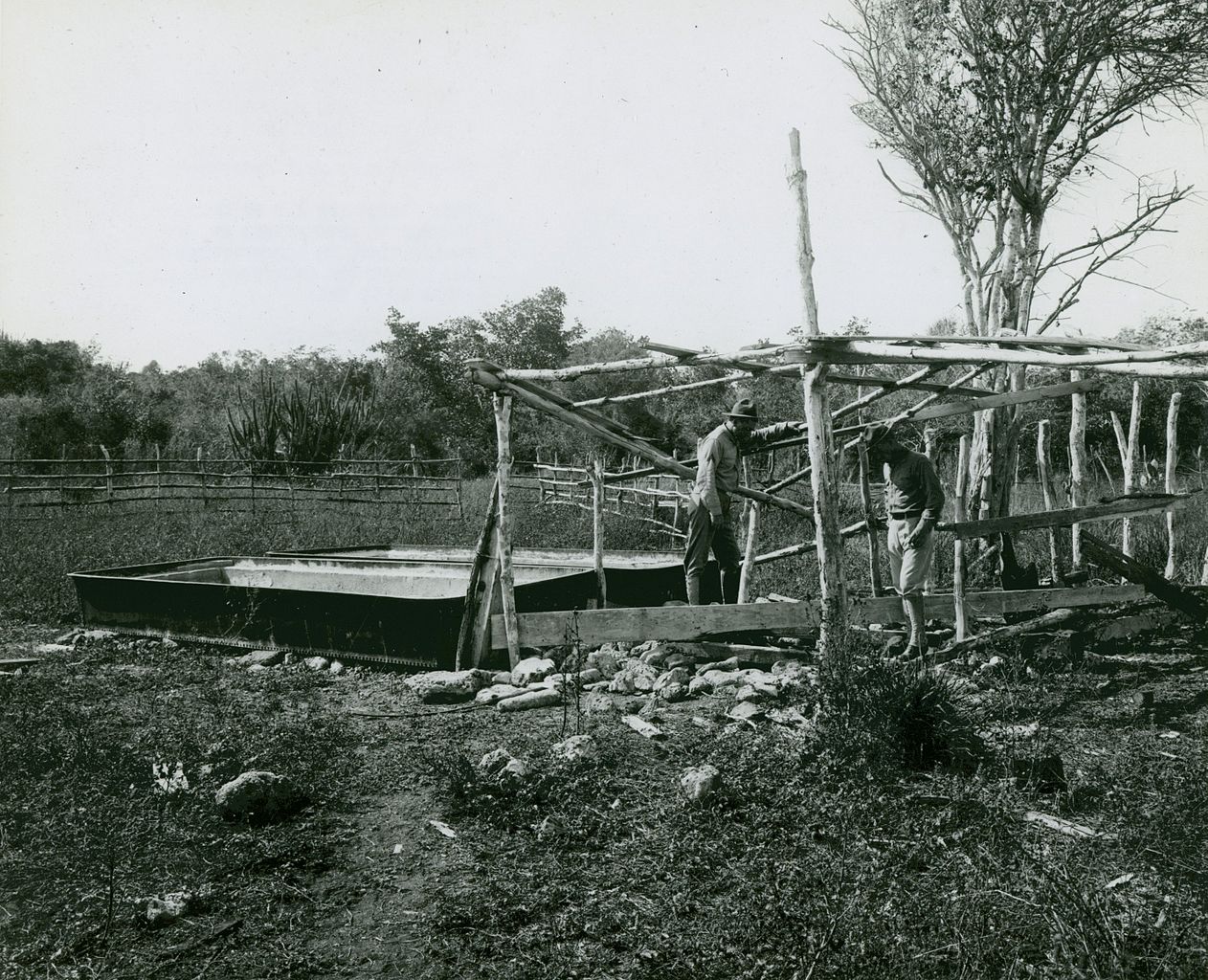
Marines at Cuzco Well
The last action around Guantanamo took place the next day, when Texas, detached from the blockade of Santiago, was sent to join Marblehead in bombarding a Spanish fort at Cayo del Toro, which commanded the passage from the outer bay, which the Americans were using as their anchorage, to the inner bay. The bombardment was much more effective than the attempts to reduce Santiago had been, driving the Spanish from their guns within 15 minutes.6 During the bombardment, Marblehead's propeller was fouled by what they initially took to be a buoy, but on closer inspection, turned out to be a contact mine, prevented from going off by barnacles and incompetent laying. Boats from Marblehead and Dolphin quickly began sweeping the outer bay, and turned up around 40 similar weapons, all of them inoperative and some in areas that American ships had passed through repeatedly.
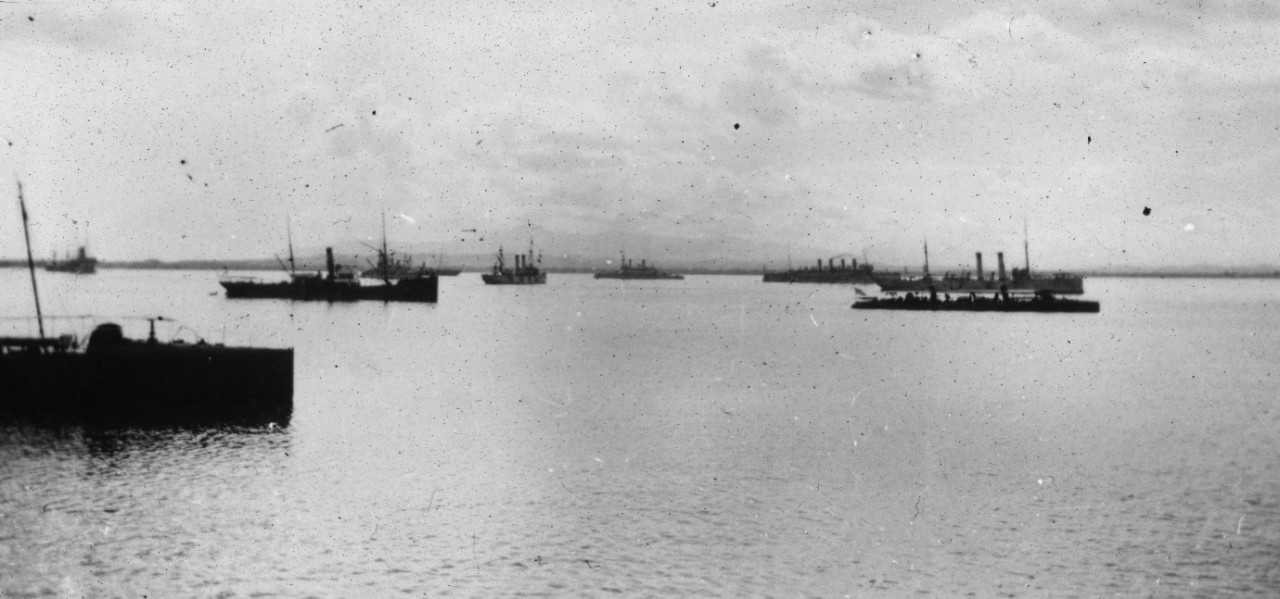
The fleet at Guantanamo
The capture of Guantanamo extinguished Cervera's last hope of waiting out Sampson. Soon, thousands of troops would go ashore to lay siege to Santiago from the land as well as the sea, and he would ultimately be forced to choose between surrendering in port and trying to escape past the blockaders. He would chose the latter option, setting in motion the climatic naval battle of the war, which we will begin examining next time.
1 Several torpedoes were also fired at the collier, some of which made it out to sea where the Americans recovered them. One was found to be fitted with a dummy warhead for training. ⇑
2 The Spanish initially believed they had sunk the New York, and were rather baffled when they found that Merrimac still had 2,000 tons of coal onboard, which the Americans hadn't had time to offload. ⇑
3 Do note, though, that the MoH was the only award for valor the US had at the time. The rest of the American award system was established during and after WWI, and a pre-WWI MoH is not really equivalent to a modern one. ⇑
4 Hobson's MoH was delayed until 1933, because the Navy did not award it to officers until sometime after the war ended. As a result, he was the only naval officer to be awarded a Medal of Honor from the Spanish-American War. He turned out to be a rather interesting man in postwar life. Volunteering to lead what was widely seen as a suicide mission made him a hero to the American public, and his enthusiasm for kissing attractive young women during a speaking tour after the war made him something of a sex symbol, too. Nikola Tesla was the best man at his wedding, and he later became a Congressman and a leading figure in drug and alcohol prohibition. ⇑
5 I believe that the Marines received their water from the ships offshore. ⇑
6 I'd guess this had to do with the relative strength of the fortifications, but I'm not sure. This whole portion of the war is much more mysterious than it should be, and my sources keep contradicting each other. ⇑

Recent Comments